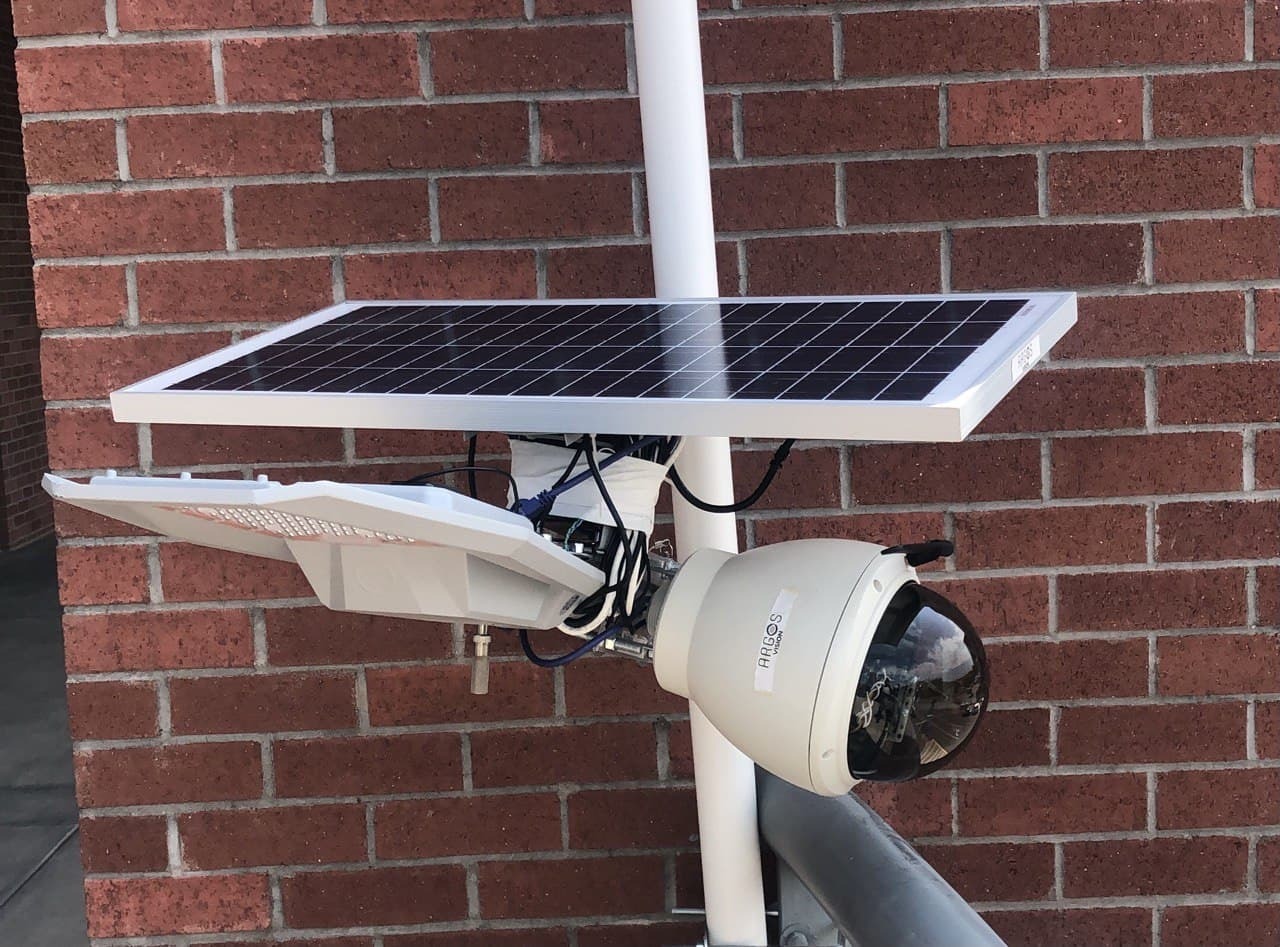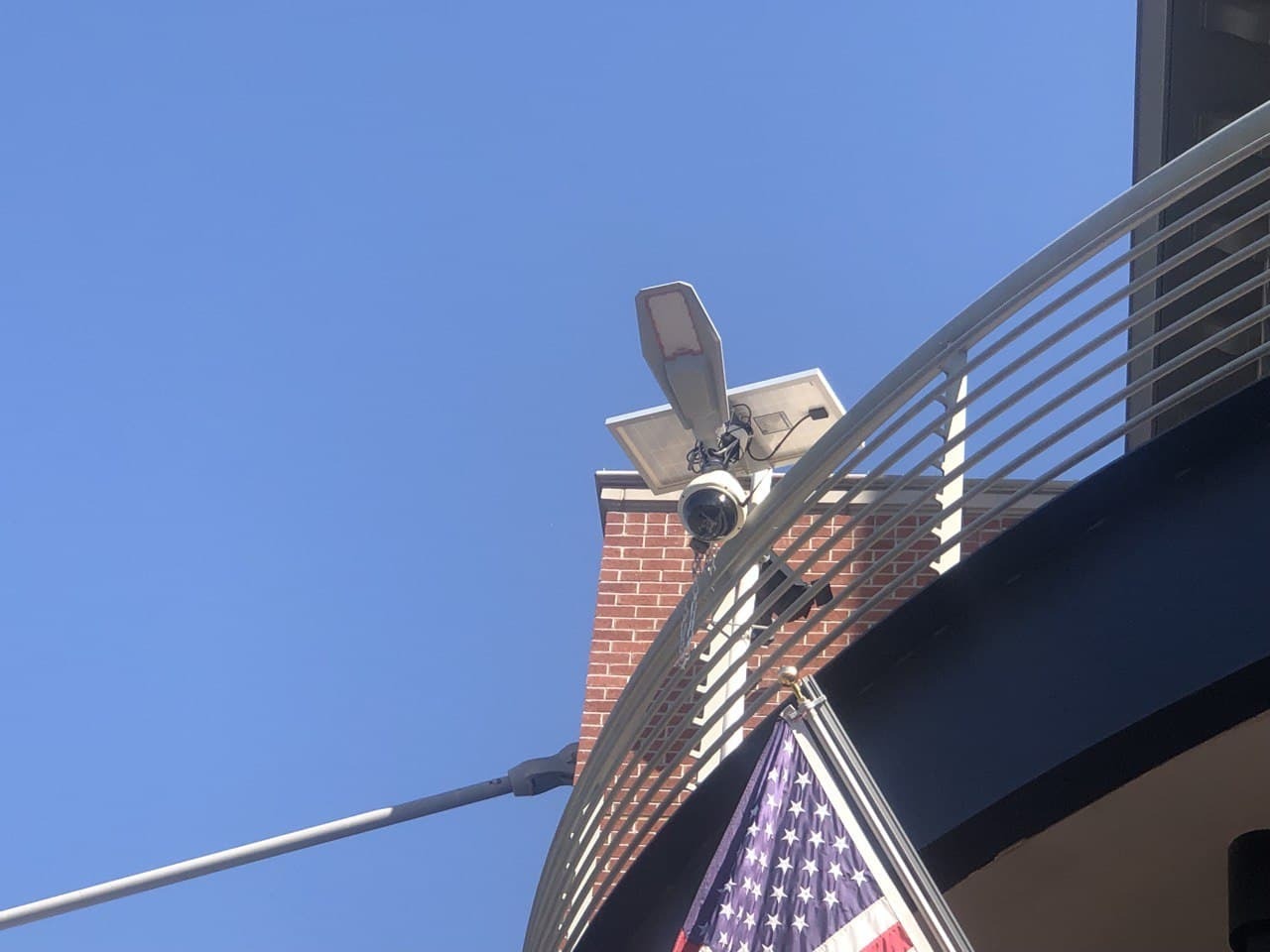Navigating traffic flow at intersections takes on a new dimension when pedestrians are considered. The convergence of pedestrians and vehicles at these junctures demands meticulous planning to ensure safety and efficiency. It’s a challenge that underscores the necessity of a breakthrough solution.
In the realm of existing technologies, accurately gauging the presence of pedestrians, vehicles, and bicycles remains an intricate puzzle. The intricacies of this task have left a gap in the market, paving the way for innovation. This is where our pioneering technology steps in, offering a seamless integration that effortlessly tallies people, cars, and bikes – all while alleviating concerns of invasive surveillance.
Our cutting-edge solution introduces a new era of possibilities. Beyond the essential count data, this technology empowers additional analysis. A static pedestrian count could signal the need for dynamic traffic pattern adjustments or immediate alerts to first responders. It’s a holistic approach that commences with uncomplicated, actionable data – the cornerstone of progress.
This marks the initial stride in a transformative journey, one that stands to elevate the safety of our nation’s transportation infrastructure. As we set our sights on the bigger picture, this foundational step doesn’t just enhance safety – it fortifies the economy of our entire nation. This is innovation with a purpose, propelling us towards a future where traffic management isn’t just about movement, but about ensuring the well-being of all.


Revolutionizing Perception: Introducing Our Advanced Visual Sensory Module
Embark on a new era of environmental observation with our cutting-edge visual sensory module. Harnessing the power of local processing, this module unveils a realm of possibilities by seamlessly analyzing its surroundings. The result? Accurate object localization seamlessly integrated into a comprehensive geographical information system, check out our Demo page!
Fueling this innovation is our commitment to efficiency. Powered by a solar panel, this module stands as a testament to sustainable technology. Its low-power consumption is not just environmentally conscious – it’s a practical solution that ensures uninterrupted functionality.
But that’s not all – the real magic lies in the data it generates. Incredibly rich yet efficiently compressed, this data finds its conduit through the NB-IoT network. It’s a synergy of efficiency and connectivity that transforms information transfer into a streamlined experience.
At its core, our system boasts two pivotal innovations. The first revolves around a low-power computation unit, unlocking local processing prowess that negates the need for extravagant energy consumption or high-bandwidth networks. It’s about achieving more with less, redefining the boundaries of efficiency.
The second innovation rests in the art of object-to-geographical mapping. By seamlessly fusing detected objects with geographical data, we’ve shattered the barriers that once burdened installation costs. This leap in preparation efficiency translates to tangible savings and quicker deployment.
In a world where innovation is the currency of progress, our visual sensory module isn’t just a technological advancement – it’s a testament to ingenuity. Welcome to the future of perception, where power meets sustainability, and insights shape the world around us.